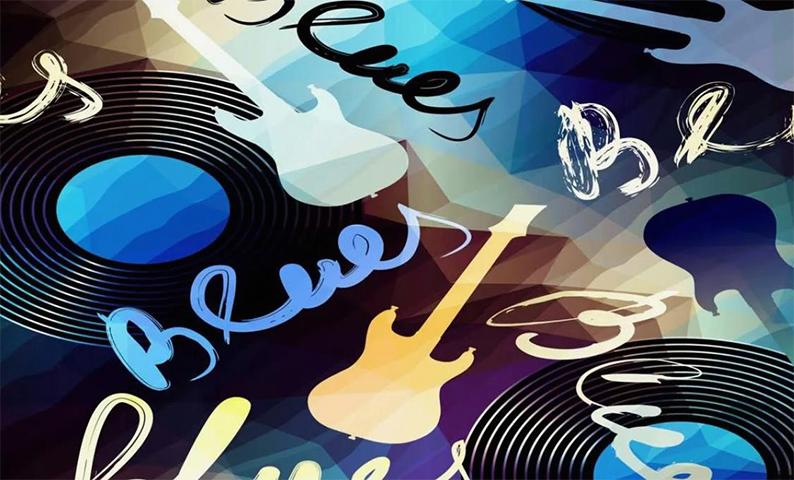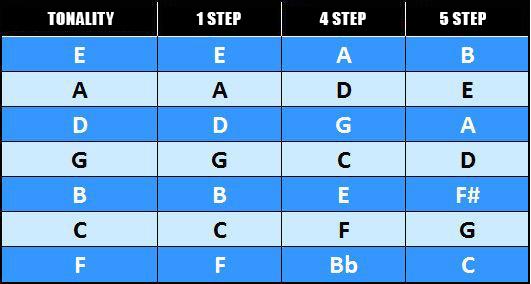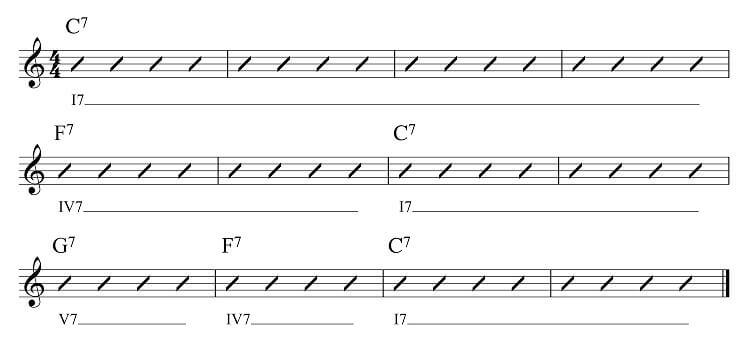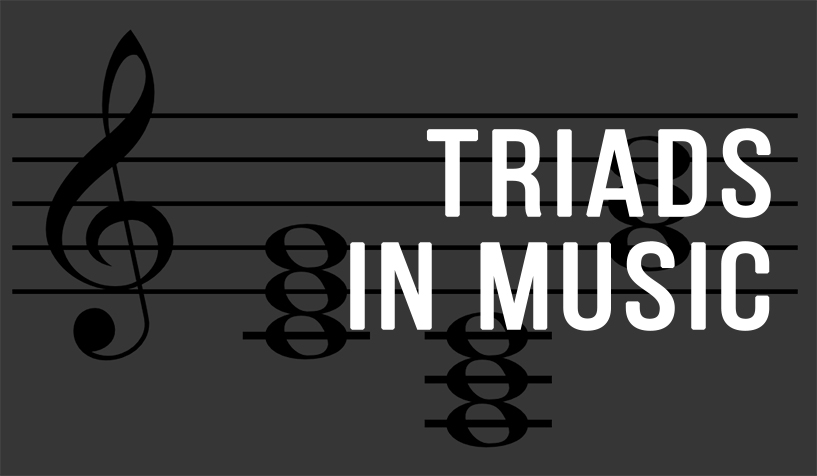What is a 1-IV-V Blues Chord Progression

The 12-bar blues progression built on the I, IV, and V chords is the backbone of countless songs across multiple genres. It’s instantly recognizable by its rhythm and structure, and once you’ve got it down, you can easily jump into a jam session or start writing your own music. Even if you’re not a musician, but enjoy rock, blues, jazz, funk, or country — chances are, you’ve heard this progression in action more times than you realize.
At its core, the I–IV–V progression uses three chords based on specific steps in a major scale. In the key of E major, for example, those chords are E (I), A (IV), and B (V). These chords follow a 12-measure cycle, with each measure serving a purpose — from establishing the key, to building tension, to resolving it. Because of this, musicians know exactly where they are in the song and what’s coming next.
Once you’ve learned the pattern in one key, you can easily transpose it to any other key. This is especially useful when backing up singers or switching instruments. And beyond just the 12-bar blues, the I–IV–V structure shows up in tons of other progressions, so getting familiar with it opens the door to understanding how modern music works.

If you’re just getting started — maybe learning guitar, or diving into music theory — a chord generator can be a super helpful tool. It shows you how the 12-bar form looks in different keys and introduces you to variations like dominant sevenths, passing chords, or more bluesy extensions that give the progression its signature flavor.
You’ll find I–IV–V progressions in hundreds of songs — from classic blues to modern pop hits. Guitarists especially love it because it fits the fretboard so naturally and makes soloing feel intuitive. Once you’ve got it under your fingers, you’ll be able to recognize chord patterns, build your own accompaniments by ear, and feel way more confident when playing with others.
To lock it all in, try breaking down a few songs that use this progression, then practice transposing them into different keys. It’s a great way to sharpen your technique and develop a real, working understanding of how music flows.
How the Blues I–IV–V Progression Differs from the Major Version
At first glance, the blues I–IV–V progression looks just like a standard major chord sequence, but it sounds completely different. The key difference is the type of chords used. In a major key like C, you’d typically see Cmaj7, Fmaj7, and G7. In blues, it’s C7, F7, and G7 — dominant seventh chords that add grit and tension.
This goes against traditional harmony rules, but it’s exactly what gives blues its signature feel. Another important aspect is rhythm. Blues often uses a swing or shuffle groove, adding that laid-back “push and pull” vibe.
So while the structure stays the same, the blues I–IV–V has its own voice — raw, expressive, and unmistakably bluesy.

In blues, we still use the 1st, 4th, and 5th degrees of the major scale — in the key of C, that’s C, F, and G. But instead of standard major chords, each one is turned into a dominant seventh. So we get C7, F7, and G7. That added seventh gives the chords their signature tension and bite, even on the tonic.

The blues progression follows a 12-bar form with a semi-fixed chord layout. C7 holds down bars 1 through 4, comes back in bars 7–8, and again in bars 11–12. F7 shows up in bars 5–6 and again in bar 10. G7 appears only in bar 9.
This familiar pattern lays the groundwork for blues phrasing and improvisation. Simple on the surface, but it’s the foundation behind countless blues tracks and jam sessions.

Play through the progression on your guitar to get the sound of the three dominant seventh chords in your ears and under your fingers. This will help you really lock in the feel of the 12-bar form before diving into some well-known blues tunes later on.
10 Blues Songs Built on the I–IV–V Progression
To really understand how the I–IV–V blues progression works in actual music, it helps to listen to songs where it’s front and center. Below is a list of ten tracks that either stick closely to the classic 12-bar form or feature slight variations on it. Some of these songs were originally recorded by early blues pioneers, but became widely known through later covers — both versions are worth checking out to hear how different artists interpret the same core structure.
- Crossroads – Cream / Robert Johnson;
- Dust My Broom – Elmore James;
- Stormy Monday – T-Bone Walker;
- Texas Flood – Stevie Ray Vaughan;
- Sweet Home Chicago – Buddy Guy / Robert Johnson;
- Red House – Jimi Hendrix;
- I Can’t Quit You Baby – Led Zeppelin / Otis Rush;
- Boom Boom – John Lee Hooker;
- CC Rider – Mitch Ryder / Ma Rainey;
- Black Magic Woman – Fleetwood Mac.
Each of these tracks offers a different flavor of the I–IV–V framework — from gritty Delta blues to electric Chicago vibes. Listening closely to how these progressions are used will give you a solid feel for the form and spark ideas for your own playing or writing.










